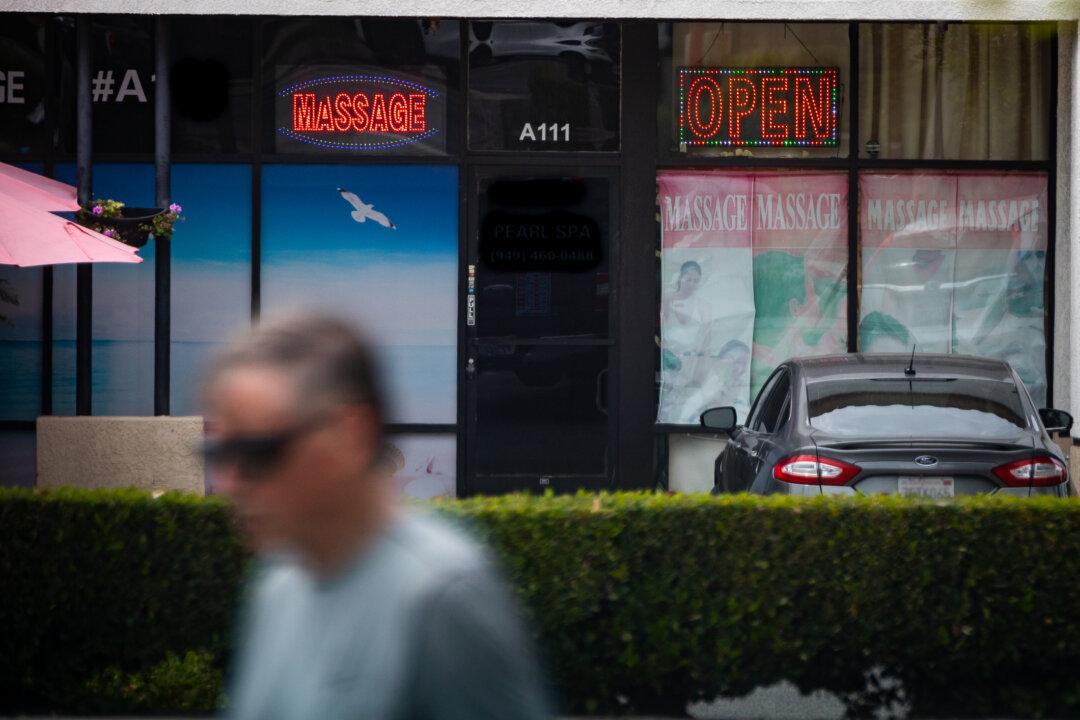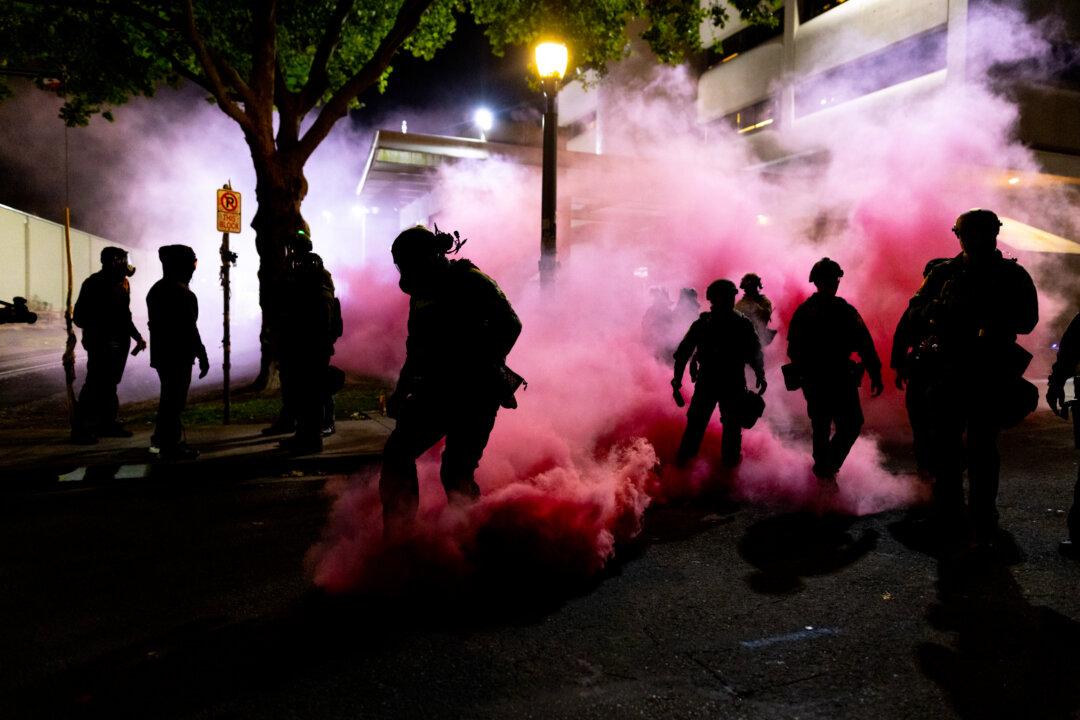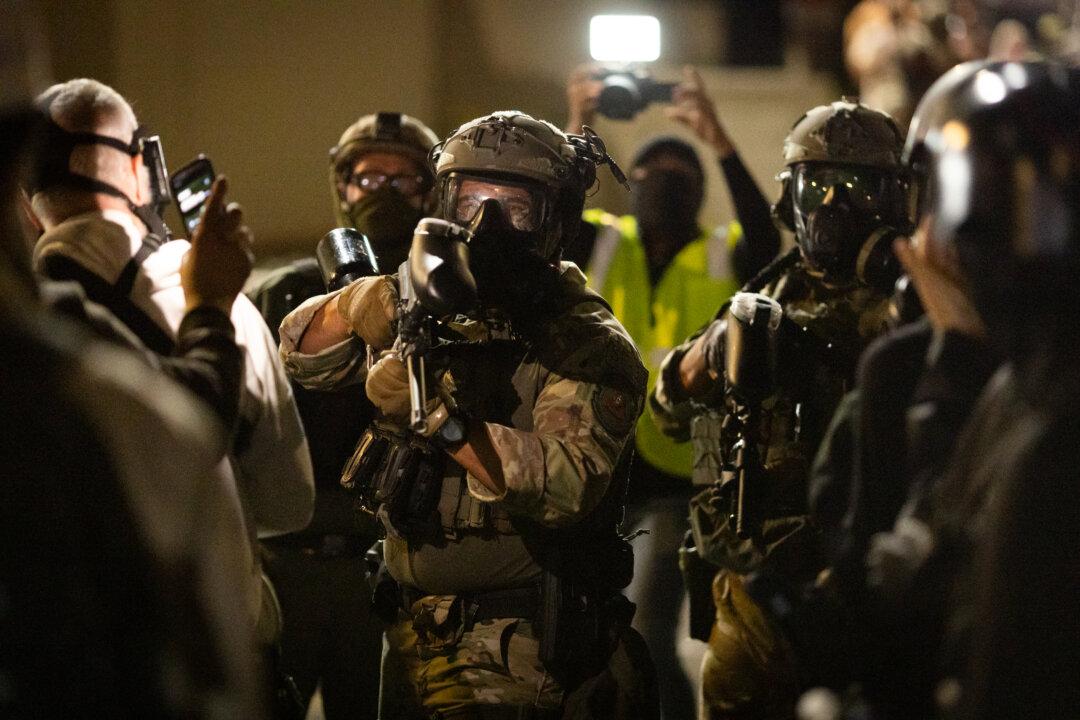A bead of sweat fell from Jim R.’s forehead as he gazed with pain in his eyes at one of his local massage parlors in Lake Forest, Calif.
“The massage therapist women will say they’re from Asia and that they need money and more tips. They then, they will tell me how much I will give them as they point to my groin area,” Jim, whose name has been changed to protect his identity, told The Epoch Times.




